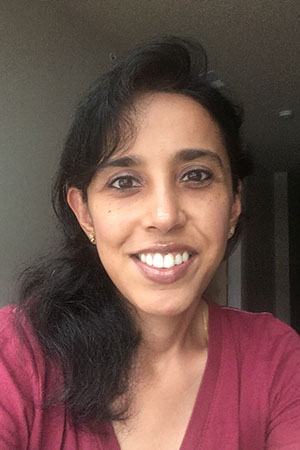
Dr. Roma Subramanian
- School of Communication, Associate Professor
email:
office:
ASH
107-U
office hours:
Wednesdays: 10:00 a.m. to 11:00 a.m. , Thursdays: 10:00 a.m. to Noon
Google Scholar:
note:
This profile is pulling in data from Digital Measures. Postings on personal websites or social media do not indicate that the individual is speaking on behalf of UNO.
General Information
Biography
Roma Subramanian is an associate professor in communication, public relations, and social media. She earned her doctorate in journalism from the University of Missouri. Her research focuses on health communication. Areas of interest include the construction and effects of health news and campaigns, particularly with regard to stigmatized disorders (e.g., mental illness, sexual violence); the impact of social and mobile media on health; and the dynamics of physician-patient communication.
Teaching Interests
health communication, research methods, news writing, public relations
Research Interests
health news, health campaigns, stigma communication, social media & health, art-based health interventions